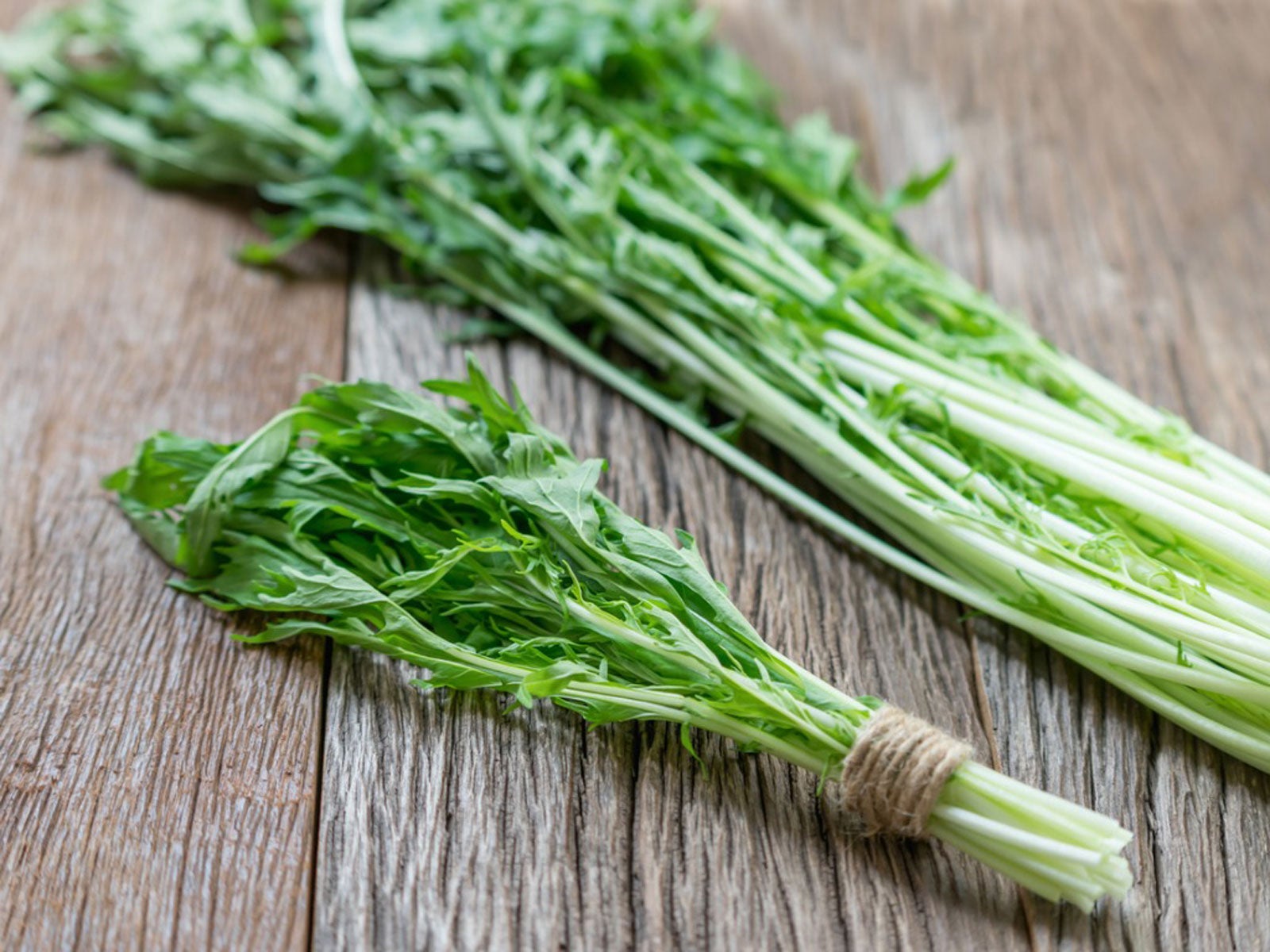Mibuna Mustard Greens: How To Grow Mibuna Greens


A close relative of mizuna, mibuna mustard, also known as Japanese mibuna (Brassica rapa var japonica 'Mibuna'), is a highly nutritious Asian green with a mild, mustardy flavor. The long, slender, spear-shaped greens can be lightly cooked or added to salads, soups, and stir-fries.
Growing mibuna is easy and, although the plants tolerate a certain amount of summer heat, Japanese mibuna prefers chilly weather. Once planted, mibuna greens thrive even when they’re neglected. Wondering how to grow mibuna greens? Read on for more information.
Tips on Growing Mibuna
Plant mibuna mustard seeds directly in the soil as soon as the ground can be worked in spring or about the time of the last frost in your region. Alternatively, plant Japanese mibuna seeds indoors ahead of time, about three weeks before the last frost.
For repeat crops throughout the season, continue to plant a few seeds every few weeks from spring through late summer. These greens do well in semi-shade. They prefer fertile, well-drained soil, so you may want to dig in a little well-rotted manure or compost before planting.
Grow mibuna mustard as a cut-and-come-again plant, which means you can cut or handpick four or five harvests of small leaves from a single plant. If this is your intent, allow only 3 to 4 inches (8-10 cm.) between plants.
Begin harvesting small mibuna green leaves when they’re 3 to 4 inches (8-10 cm.) tall. In warm weather, you may be able to harvest as soon as three weeks after planting. If you prefer, you can wait and harvest larger leaves or full plants. If you want to grow Japanese mibuna as larger, single plants, thin young plants to a distance of 12 inches (31 cm.).
Water Japanese mustard as needed to keep the soil evenly moist, especially during the heat of summer. Even moisture will prevent the greens from turning bitter and will also help prevent bolting during warm weather. Apply a thin layer of mulch around the plants to keep the soil moist and cool.
Sign up for the Gardening Know How newsletter today and receive a free copy of our e-book "How to Grow Delicious Tomatoes".

A Credentialed Garden Writer, Mary H. Dyer was with Gardening Know How in the very beginning, publishing articles as early as 2007.